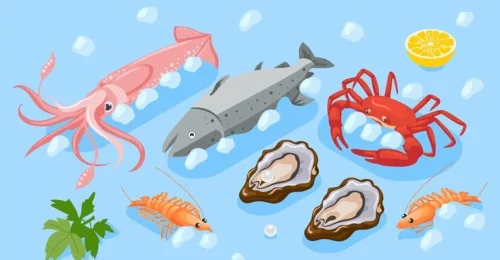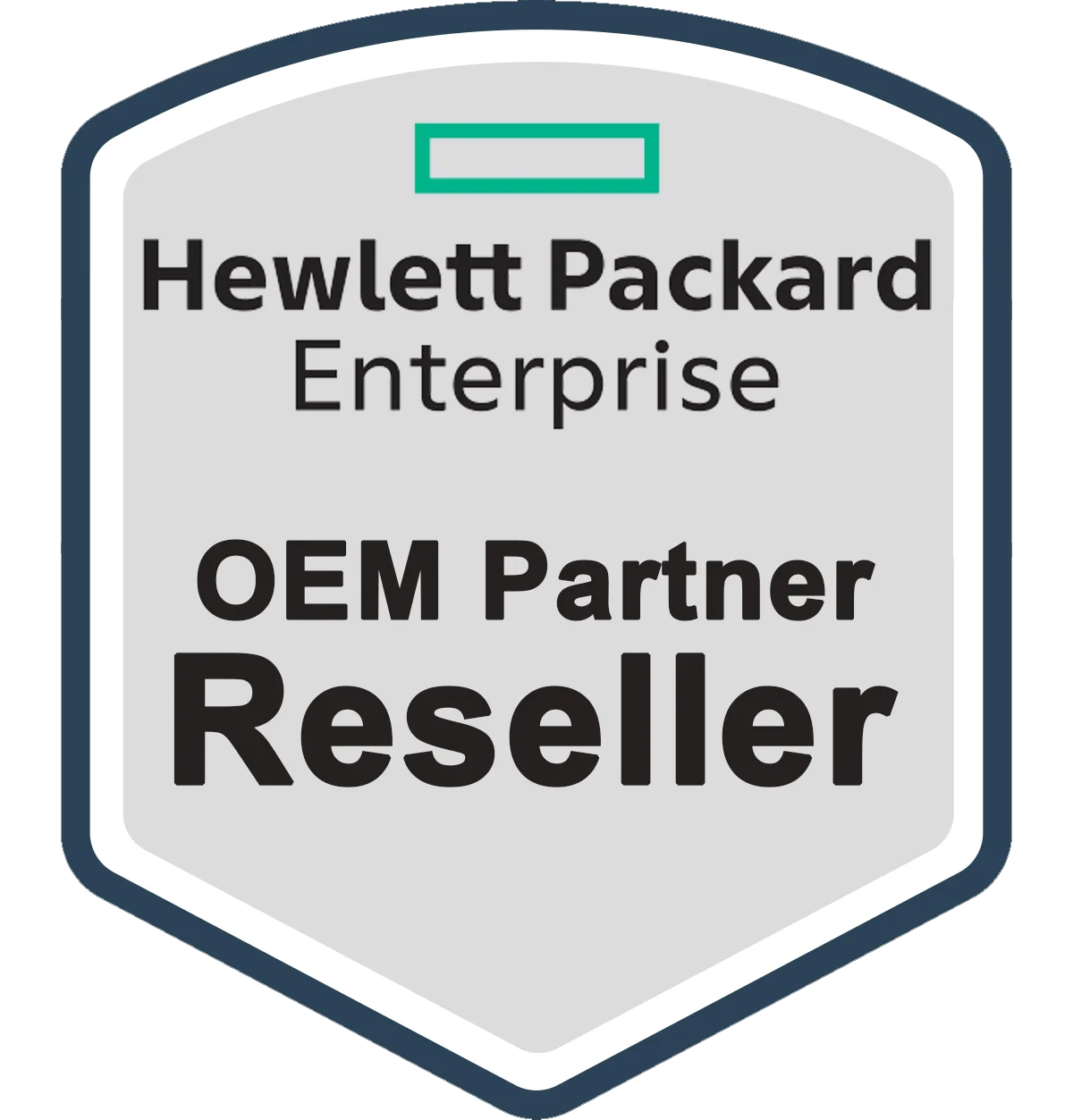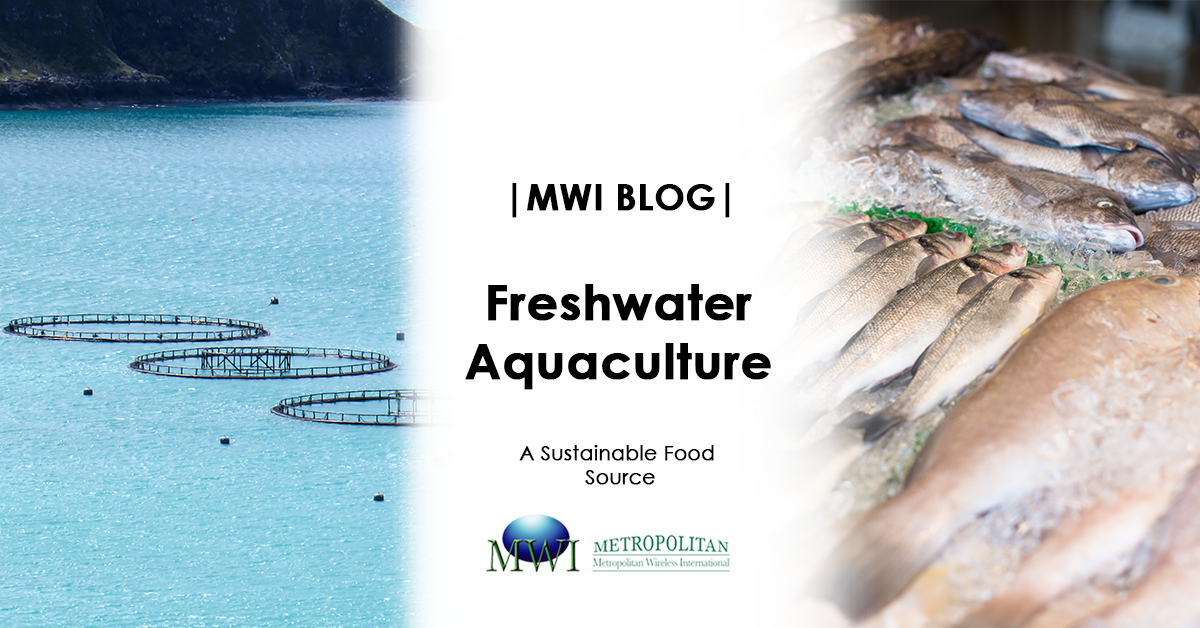Introduction to Freshwater Aquaculture
Freshwater aquaculture refers to the practice of raising fish in freshwater. This method plays a crucial role in meeting the increasing demand for seafood. Without straining natural water bodies. In Singapore, freshwater aquaculture is gaining traction as a sustainable food source.
Freshwater aquaculture is less saline than marine aquaculture. It often uses ponds, tanks, or other enclosures. The goal is to control conditions for optimal growth. This includes water quality, temperature, and feed.
Key Species in Freshwater Aquaculture
There are several species commonly farmed in freshwater aquaculture. Each species has its unique requirements for optimal growth. Tilapia and carp are popular due to their hardiness and fast growth. Catfish and trout are also widely farmed. These species are chosen for their adaptability to various environments. They are also chosen for efficient feed conversion rates.
In Singapore, tilapia is a prominent choice. It adapts well to local conditions. This makes it a sustainable option for local aquaculturists.

System Types and Setup
Two main systems are used in freshwater aquaculture: pond systems and tank systems. Pond systems are often used for large-scale production. They are less expensive to set up. However, they require more land and can be less controllable. Tank systems, on the other hand, are more controllable. They are ideal for urban settings like Singapore. These systems can be indoors or outdoors. They allow for precise control over the environment.
Each system has its pros and cons. The choice depends on factors like location, available resources, and targeted species. This is just like picking a good investment fraud attorney.
Feeding and Nutrition
Feeding is a critical aspect of freshwater aquaculture. The right feed ensures healthy growth and minimizes environmental impact. Most species require a balanced diet of proteins, carbohydrates, fats, vitamins, and minerals. It’s important to choose feed that is nutritionally complete yet sustainable.
Innovations in feed include plant-based and insect-based proteins. These are more sustainable than traditional fishmeal. They are gaining popularity in places like Singapore.
Health and Disease Management
Maintaining the health of aquatic species is vital. Poor health can lead to lower yields and increased mortality rates. Common health issues include bacterial, viral, and parasitic infections. Regular monitoring and good management practices are key to prevention.
In Singapore, strict biosecurity measures are in place. These measures ensure the health of aquaculture stocks. They minimize the risk of disease outbreaks.
Environmental Impact and Sustainability
Sustainability is a significant concern in aquaculture. It’s essential to balance production needs with environmental protection.
Freshwater aquaculture is a growing industry. It offers a sustainable way to meet the global demand for seafood. In Singapore, it’s an important part of the food security strategy. By focusing on sustainable practices and innovation, freshwater aquaculture can continue to develop. It can do so in an environmentally responsible manner. This makes it a key player in the future of food production.




